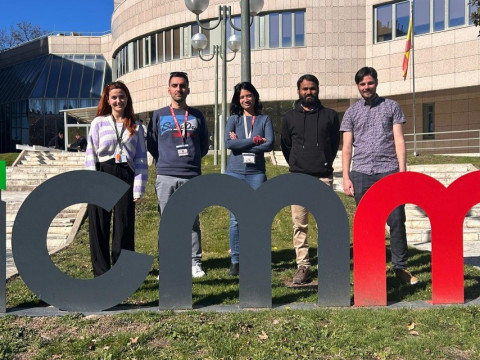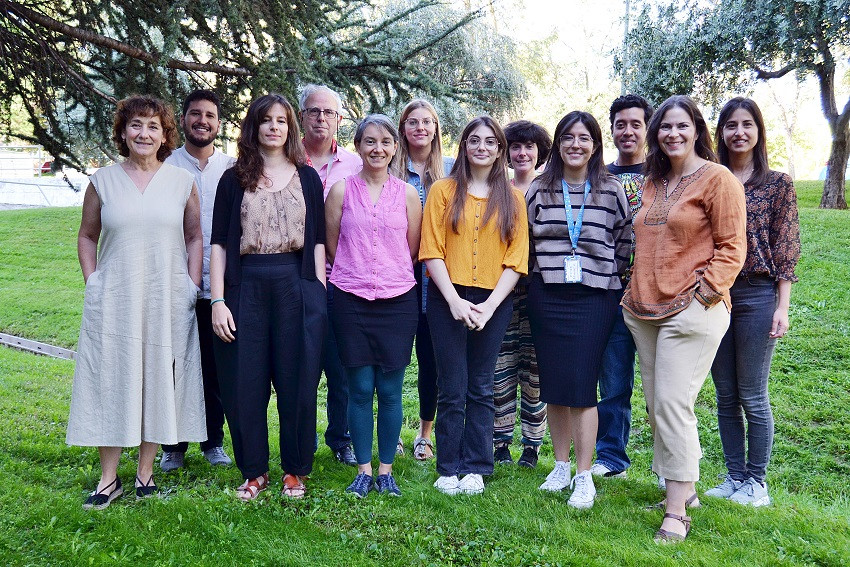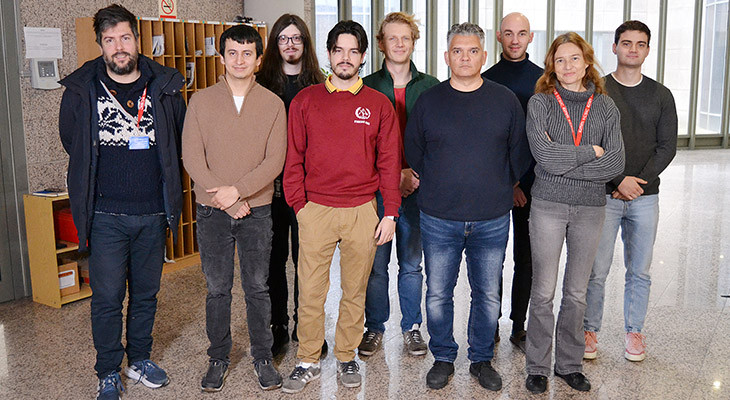We develop 2 synnergetic research lines:
1.-Devices for the digitalization of society: We study magnetic materials, superconductors, ferroelectrics and heterostrcutures of highly correlated oxides as the basis for new device concepts that imply the creation of quantum matter at the interfaces and can be manipulated by external stilmuli at the microscopic or macroscopic scales. We manufacture and characterize multifunctional devices with free standing complex oxides layers combined with 2D Van der Waals materials.
2.- Materials and heterostructures for optoelectronics aplications: We study the optoelectoronic properties of 2D materials, beyond graphene and MoS2, including their heterostrcutures. We apply the methods of strain engineering to modify and control the optoelectronic proerties of 2D materials. Using nanofabrication techniques we integrate theses systems focusing on paper electronics and flexible electronics.




























